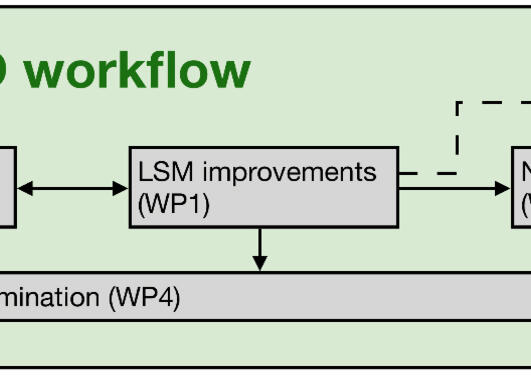Bryophytes as regulators
Sonya Geange, Morgane Demeaux, Vigdis Vandvik

Main content
The role of bryophytes in regulating carbon, energy, and water fluxes across climatic gradients
Alpine grasslands are vulnerable to climate change and are currently changing rapidly in both plant functional group dominance and species distributions. These biotic shifts are an indirect effect of climate change and influence biotic interactions. Bryophytes can regulate soil temperature and moisture: they play an important role in the soil microclimate and consequently for soil processes such as litter decomposition and soil function such as plant seedling growth. New threats, such as climate change, will modify bryophyte species distribution through biotic and abiotic shifts. A study using a warming experiment showed that bryophytes may be the functional group most impacted by climate warming (van Zuijlen et al. 2021). Here, we would like to study how climate and plant composition influence bryophyte's hydrological and thermal regulation properties to better anticipate future climate-change impact. The collected data will also be used within broad-scale climate models, where we are developing new approaches to represent the important roles of mosses and lichens in regulating fluxes of carbon, energy, and water in the Norwegian Earth System model (NorESM) in order to improve representation of high-latitude ecosystems and their climate interactions.
MSc project: This MSc will be conducted as part of the FUNDER and EMERALD projects, where the MSc student will have responsibility for assessing key attributes of bryophyte communities across the FUNDER experimental sites. In addition to field-surveys of bryophyte communities and harvesting biomass across the climate grid (summer 2022), further lab-based opportunities include: investigating the impact of bryophytes on regulating hydrological processes through measuring the water-holding capacity of bryophyte communities; assessing how the reflectance of bryophyte communities may shift according to their desiccation status or community composition; and how bryophytes moderate local thermal microclimates. These characteristics can be used in the EMERALD modelling to better predict how moss and lichen communities influence their surrounding microclimate environments, and how responses may vary depending upon the direct and indirect effects of climate.
Research questions
1. How does the biodiversity and functioning of bryophytes in alpine grasslands vary along broad-scale climate gradients?
2. Are the responses of this plant functional group to climate influenced or modified by biotic interactions?
Tasks
- Fieldwork: collecting above-ground biomass
- Lab work: sorting bryophytes, weigh the biomass (fresh and dry), measuring water holding capacity, reflectance shifts and thermal properties of bryophytes
- Data management, reproducibility, and Open Science practices
- Statistical analyses using R
- Scientific communication skills: write a thesis which can be published as a scientific paper and presented in national/international conferences
You will be part of a dynamic research team, gain experience in the scientific approach, and have an amazing fieldwork experience in the fjords and mountains of Western Norway.
Practical information
Date: From July 2022 to December 2022
Place of work: University of Bergen, Norway
Supervisors: Sonya Geange, Morgane Demeaux, and Vigdis Vandvik
Further information: Between the Fjords
Application: CV and motivation letter to Morgane Demeaux or Sonya Geange before 2nd of May 2022
Reference
van Zuijlen, K., Klanderud, K., Dahle, O.S., Hasvik, Å., Knutsen, M.S., Olsen, S.L., Sundsbø, S. & Asplund, J. (2021) Community-level functional traits of alpine vascular plants, bryophytes, and lichens after long-term experimental warming. Arctic Science 10.1139/as-2020-0007

